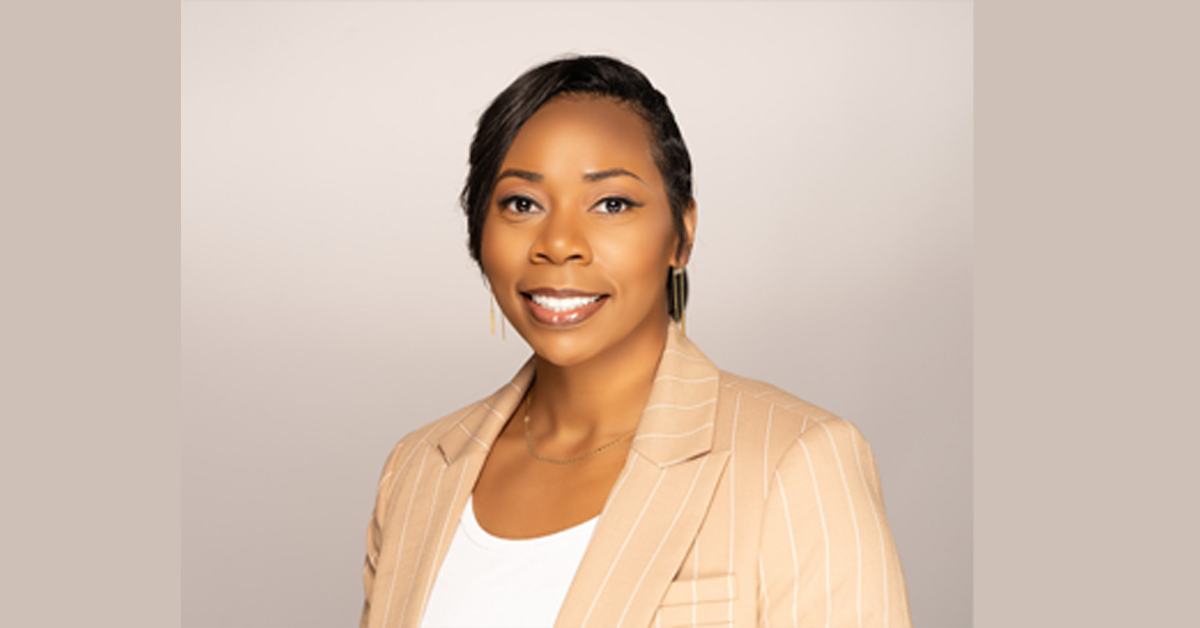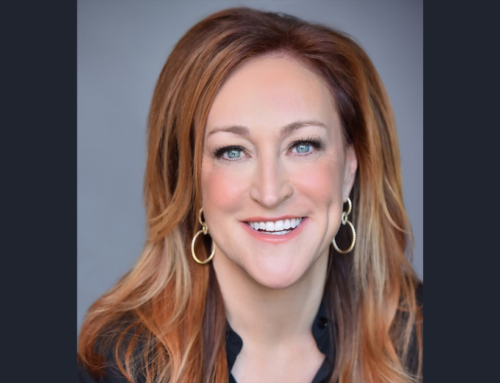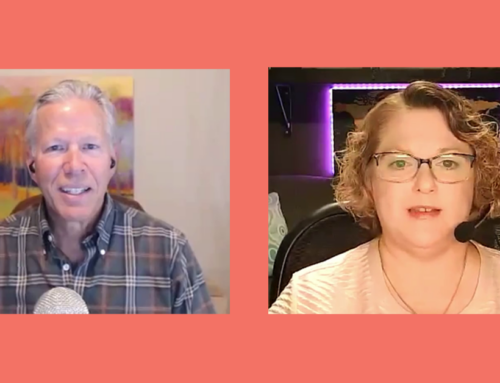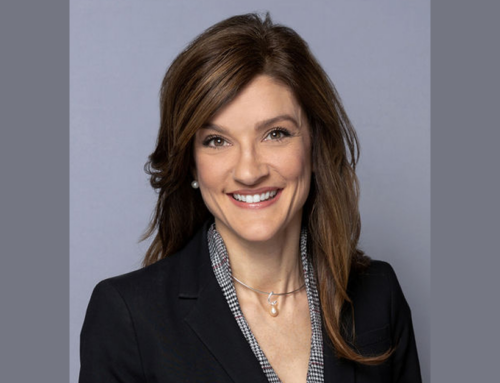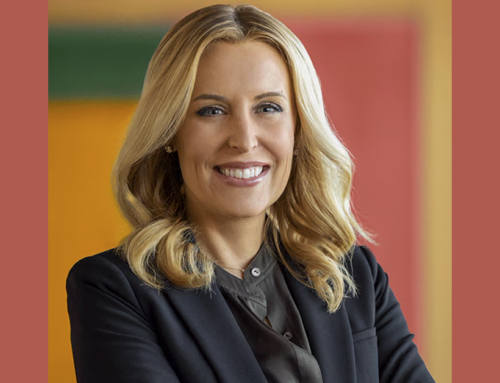Guest: Dr. Shaywanna Harris-Pierre, a licensed professional counselor and financial therapist with a rich background in marriage and family therapy. Dr. Shay is also the owner of Shades of You Counseling and Consulting.
In a Nutshell: Every family is unique, and no family is perfect. The dynamics, positive and negative, that exist between loved ones create ideas and emotions around money that influence your clients’ attitudes about financial planning. Advisors who are willing to engage on this more personal level have an opportunity to transform their relationships with their clients and the quality of service that they deliver.
On today’s show, Dr. Shay shares her journey into financial therapy and how to open dialogues that will help you and your clients understand the emotional side of money better.
Dr. Shaywanna Harris-Pierre and I discuss:
- The personal money memories that have influenced Dr. Shay’s life and work.
- Strategies for involving family members in your financial planning process.
- How “interior finance” can help advisors operate at the intersection of values, beliefs, emotions, and money behaviors.
- Three main hurdles that Dr. Shay helps advisors overcome as they learn to master their soft skills.
- Externalizing money to analyze a client’s relationship to it.
- Integrating interior finance into every part of your advisory system.
- The risks advisors are facing if they’re not willing to engage in deeper, more emotional money conversations.
- What we can learn from the recent Murdoch succession drama about family systems, including roles, rules, boundaries, expectations, and flexibility.
- Uncovering “money flashpoints” that are influencing your client’s behaviors, beliefs, and feelings around money.
Quotes:
Dr. Shaywanna Harris-Pierre on helping clients identify and clear their money roadblocks:
“For advisors, a lot of times that interior finance piece shows up when there’s a challenge that the advisor is having in the implementation of a plan with a client. The advisor will say, ‘I’ve told the client, we’ve set these goals, and the client has shared their values, and the client has the knowledge of what they need to do in order to achieve these goals, but there’s something happening. There’s something getting between what they know they should do and what they actually do.’ And in those conversations, it becomes quite clear to me that what exists in the middle is the emotional stuff, the interior finance stuff. Not only what the values are, or what the beliefs are, but how are those things interacting and impacting a client’s emotional experience, which is then impacting their financial behaviors. And so being able to have conversations around that and get a little bit of clarity around what’s happening for a client internally that might be showing up externally, that’s the first step.”
Dr. Shaywanna Harris-Pierre on the paradigm shift of interior finance:
“I look at interior finance as a foundational worldview, or a lens through which an advisor views the work that they do. There might be some advisors who have more of a mentality like, ‘These are the numbers. This is the plan. This is what we’re doing. Emotions, get them out of here.’ And that’s fine. But then if you are thinking about integrating more of these interior concepts, it’s a paradigm shift. It’s going to show up in all of the work that you do and all of the questions that you ask and all of the ways that you talk about a client’s money life and their money plan and their aspirations and their goals. It’s going to come with questions or curiosity around, ‘How is that showing up for you emotionally? What are some of your beliefs and values around these goals?’ There can be some specific questions that you ask or you integrate into your onboarding process that are going to allow the client to share their story in a way that is inclusive of their upbringing and who they are as a person and their values and what they learned from their parents and what their relationship to money even looks like.”
Dr. Shaywanna Harris-Pierre on interrupting patterns to encourage healthier dialogue:
“Let’s say that every time you meet with a family, you notice that when you get to a specific topic, one person starts to get distant or upset. Another person may rush in to try and save that person from their feelings. Then the other person may get frustrated and walk out of the room. That type of pattern might happen in the room, and that’s something that you can interrupt. If you notice it early enough, you can interrupt the way things usually happen by maybe prefacing the conversation with, ‘Okay, we’re about to talk about X, Y, and Z. I know this tends to be a really emotional conversation for us. So what can we do differently this time to make sure that the conversation ends on a different note?'”
. Resources Related to This Episode
- Shades of Wealth Podcast Subscribe to Dr. Shay’s new podcast.
- The Psychology of Money: Timeless lessons on wealth, greed, and happiness by Morgan Housel Dr. Shay recommends this book about the reasons behind the money decisions we make.
- The Money Stories That Could be Hurting Your Clients Dr. Shay is a fan of Dr. Brad Klontz, CFP, whom I interviewed about how advisors can learn their clients’ money hang-ups and use that knowledge to deliver advice more effectively.

